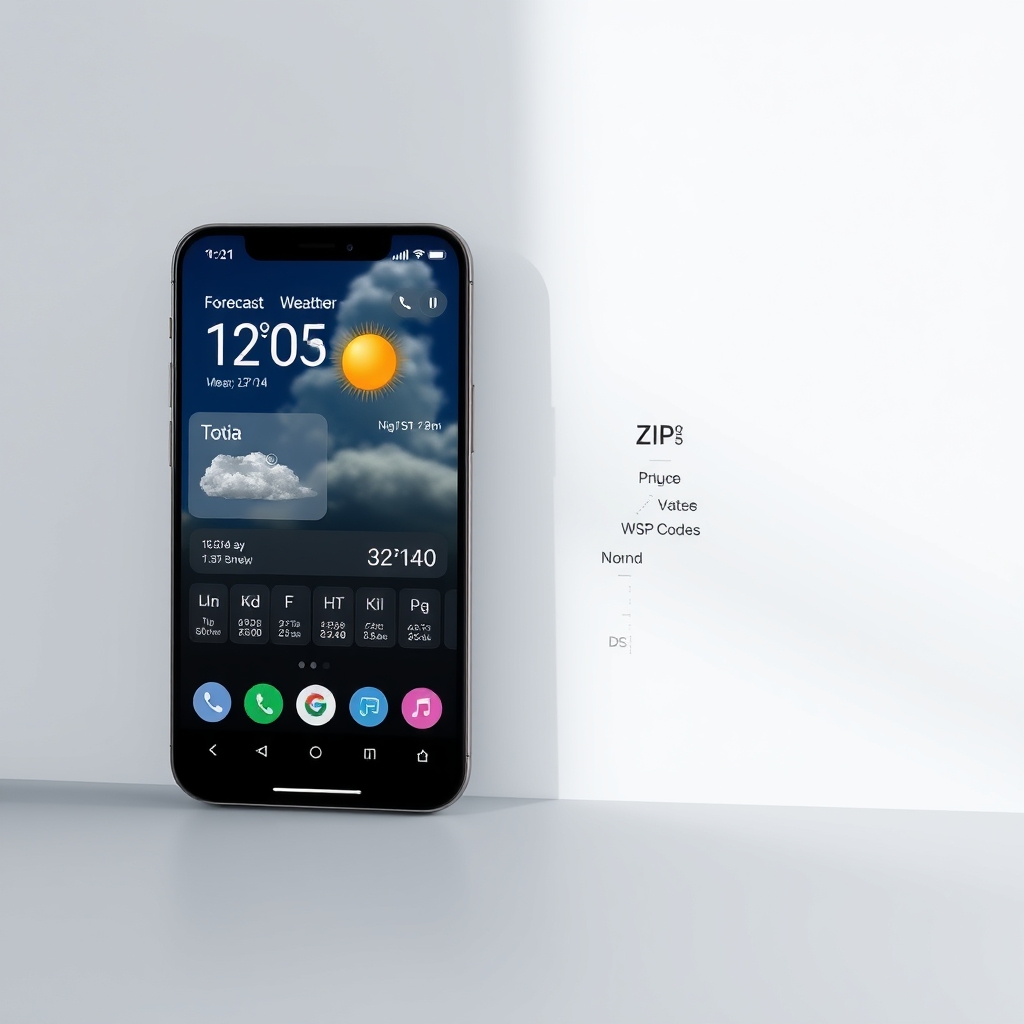Weather API vs Accurate Weather Forecasts by ZIP Code API: Which API is More Reliable for Real-Time Weather Data?

In the world of application development, accessing reliable and accurate weather data is crucial for a variety of use cases, from travel planning to logistics management. Two prominent APIs that provide such data are the Current Weather and Forecasted Weather API and the Weather by Zip API. This blog post will delve into a detailed comparison of these two APIs, focusing on their features, performance, scalability, and overall reliability for real-time weather data.
Overview of Both APIs
The Current Weather and Forecasted Weather API offers comprehensive weather data, including current conditions and forecasts for up to 16 days. It allows users to query weather information based on city names, ZIP codes, or geographic coordinates. This flexibility makes it suitable for a wide range of applications, from mobile apps to web services.
On the other hand, the Weather by Zip API specializes in providing current weather data specifically for U.S. cities based on their ZIP codes. This API is particularly useful for applications that require localized weather information, such as e-commerce platforms and local news websites.
Side-by-Side Feature Comparison
| Feature | Current Weather and Forecasted Weather API | Weather by Zip API |
|---|---|---|
| Current Weather | Yes, provides real-time weather data including temperature, humidity, wind speed, and conditions. | Yes, provides current weather data based on ZIP code. |
| Forecasted Data | Yes, forecasts available for up to 16 days. | No, only current weather data. |
| Query Parameters | City name, ZIP code, latitude, and longitude. | ZIP code only. |
| Response Format | JSON and XML formats available. | JSON format only. |
| Use Cases | Mobile apps, websites, logistics, travel planning. | Local news, e-commerce, weather alerts. |
Example Use Cases for Each API
Current Weather and Forecasted Weather API
This API is ideal for applications that require both current weather data and forecasts. For instance, a travel app can use this API to provide users with real-time weather updates and forecasts for their travel destinations. Additionally, logistics companies can utilize the forecast data to plan routes based on expected weather conditions, ensuring timely deliveries.
Weather by Zip API
The Weather by Zip API is particularly beneficial for applications that need localized weather information. For example, an e-commerce platform can use this API to display weather conditions for the user's location, allowing for personalized product recommendations based on the weather. Similarly, local news websites can provide weather updates specific to their audience's ZIP codes.
Performance and Scalability Analysis
When it comes to performance, the Current Weather and Forecasted Weather API is designed to handle a high volume of requests, making it suitable for applications with a large user base. Its ability to provide both current and forecasted data in a single API call enhances its efficiency.
In contrast, the Weather by Zip API is optimized for quick responses based on ZIP code queries. While it may not offer the same breadth of data as the first API, its focused approach allows for rapid retrieval of current weather information, which is essential for applications that prioritize speed and accuracy.
Pros and Cons of Each API for Real-Time Weather Data
Current Weather and Forecasted Weather API
- Pros:
- Comprehensive data including current conditions and extended forecasts.
- Flexible query options (city name, ZIP code, latitude, longitude).
- Supports multiple response formats (JSON and XML).
- Cons:
- More complex to implement due to the variety of data available.
- May require more resources to handle extensive data processing.
Weather by Zip API
- Pros:
- Simplicity in querying weather data based on ZIP codes.
- Fast response times for localized weather information.
- Ideal for applications focused on U.S. weather data.
- Cons:
- Limited to current weather data; no forecast capabilities.
- Less flexible in terms of query parameters.
Final Recommendation
Choosing between the Current Weather and Forecasted Weather API and the Weather by Zip API ultimately depends on the specific needs of your application. If your project requires comprehensive weather data, including forecasts and flexible querying options, the Current Weather and Forecasted Weather API is the better choice. However, if you are developing a localized application that primarily needs current weather data based on ZIP codes, the Weather by Zip API will serve you well.
In conclusion, both APIs offer valuable weather data, but their strengths lie in different areas. By understanding the unique features and capabilities of each API, developers can make informed decisions that align with their project requirements and user expectations.





